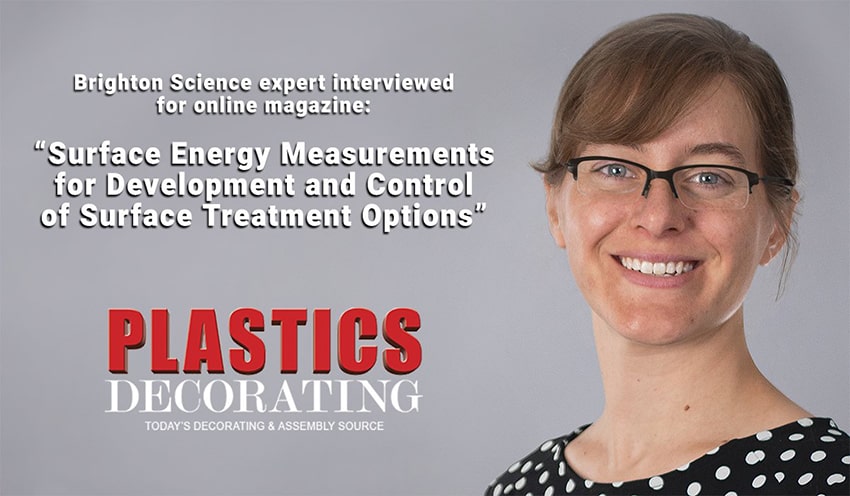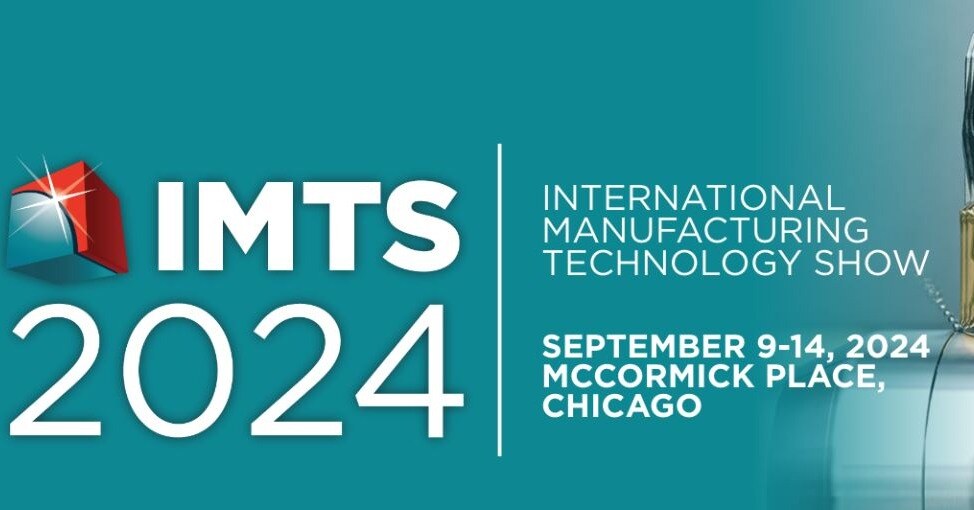"At Brighton Science, it has been found that nearly all customers’ painting, coating, bonding and other adhesion applications show a correlation between performance (e.g., adhesion) and water contact angle."
Rose Roberts, Ph.D., the Senior Custom Applications and Materials Engineer at Brighton Science was recently interviewed and honored as this quarter's Decorating and Assembly Source for Plastics Decorating.
Dr. Roberts spoke at length in their digital magazine on how surface energy can be measured to control surface treatment options, and while there are a variety of different measurement tools, none perform as accurately and subjectively as the Surface Analyst™. This includes when you’re attempting to measure wetting tension (whereas dyne solutions are at the will of the person taking the measurements) and when measuring contact angles on non-flat surfaces; most other methods won’t work on curved surfaces and other complex geometries.
Rethink your adhesion manufacturing processes with Surface Intelligence.
The success of contact angle measurements has been so great it’s even prompted ASTM International, formerly known as the American Society for Testing and Materials, to codify the testing method as an alternative to dyne solutions.
In Dr. Roberts’ experience, she states it’s important to optimize your production procedure at each step – including choosing the right tool to, in this case, measure total surface energy. Another step to keep track of treatment levels. Optimization and data tracking as you flame treat or plasma treat a surface could explain adhesion failures and contaminants that dyne pens do not reliably capture.
“You don’t need the total surface energy to understand what your surface is doing, really. In order to create a more bondable surface, you only need to know how the polar groups are changing, because those are the chemical functionalities that your adhesive will bond to... You only need to look at water and see how the water contact angle changes, because it tracks the polar groups.“
Rose Roberts, Ph.D., Senior Custom Applications and Materials Engineer at Brighton Science
To read more detailed studies and data points analyzing the best ways to measure total surface energy, examples of Dyne solutions failing to measure up to water contact angle measurements (literally), and how flame treatments can be utilized as an extra step to ensure surface readiness before an adhesive is added, read the full interview on the Plastics Decorating website.



